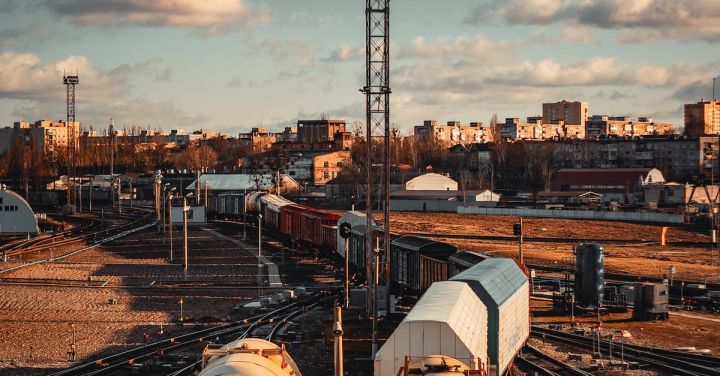Imagine a world where trains glide effortlessly at incredibly high speeds, leaving behind the clunky locomotives of the past. Welcome to the future of transportation – Maglev trains. Maglev, short for magnetic levitation, is a revolutionary technology that is changing the way we travel.
Unlike traditional trains that rely on wheels and tracks, Maglev trains use powerful magnetic fields to levitate above the track, eliminating the friction and resistance that slows down conventional trains. This allows Maglev trains to achieve astonishing speeds of up to 375 miles per hour, making them the fastest mode of land transportation in the world.
The secret behind the incredible speed of Maglev trains lies in electromagnetic propulsion. The trains are propelled forward by the interaction between the electromagnetic coils on the train and the magnetic guideways on the track. As the train’s magnets are attracted and repelled by the guideways, it creates a forward thrust that propels the train at high speeds. This technology not only allows for faster travel times, but also provides a smoother and more comfortable ride for passengers.
One of the most impressive Maglev train systems in the world is the Shanghai Maglev, located in China. This marvel of engineering connects Shanghai Pudong International Airport to the city’s metro system. The Shanghai Maglev can reach a top speed of 268 miles per hour, completing the 19-mile journey in just under 8 minutes. Passengers on board can enjoy a quiet and vibration-free ride, experiencing a glimpse into the future of transportation.
In addition to their speed, Maglev trains offer several other benefits that make them a viable option for the future of transportation. One major advantage is their energy efficiency. Since Maglev trains do not have wheels touching the track, there is significantly less friction, resulting in reduced energy consumption. This makes Maglev trains a more environmentally friendly choice compared to traditional trains, which rely on fossil fuels.
Moreover, Maglev trains are also much quieter than their conventional counterparts. Without the noise and vibrations caused by wheels on tracks, passengers can enjoy a peaceful and serene journey. This not only enhances the overall travel experience but also minimizes noise pollution in densely populated areas.
While Maglev trains are still relatively new and not widely adopted globally, there are ongoing efforts to expand this futuristic transportation technology. Countries like Japan, Germany, and South Korea are investing in the development of Maglev train systems, recognizing the potential they hold for the future.
However, like any new technology, Maglev trains also face challenges. One major obstacle is the high cost of construction. Building a Maglev train system requires substantial investment, as it involves the construction of specialized tracks and infrastructure. Additionally, the technology is complex and requires skilled engineers and technicians to maintain and operate the trains.
Despite these challenges, the promise that Maglev trains hold for the future of transportation is undeniable. With their incredible speed, energy efficiency, and quiet operation, Maglev trains have the potential to revolutionize the way we travel. As technology continues to advance, we can expect to see more Maglev train systems being implemented around the world, connecting cities and reducing travel times.
In conclusion, Maglev trains represent a leap into the future of transportation. With their magnetic levitation technology, they are able to achieve unprecedented speeds and offer a smoother and more comfortable ride for passengers. While still facing challenges, the benefits of Maglev trains, such as energy efficiency and reduced noise pollution, make them a promising option for the future. As we look forward to a world of faster and more sustainable transportation, Maglev trains are at the forefront of this revolution.
